Caribbean Initiative Recommended Reading: Colombia
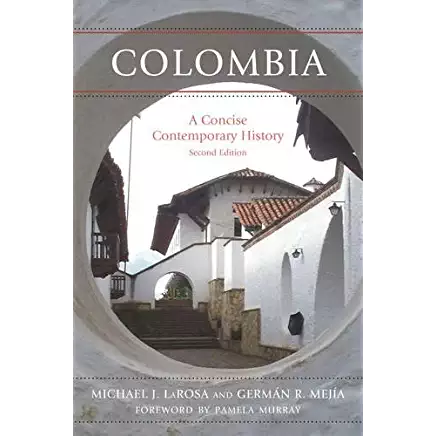 |
Colombia: A Concise Contemporary History (2013),by Michael J. LaRosa and Germán R. Mejía- “Written by two leading historians, this deeply informed and accessible book traces the history of Colombia thematically, covering the past two centuries. In ten interlinked chapters, Michael J. LaRosa and Germán R. Mejía depart from more standard approaches by presenting a history of political, social, and cultural accomplishments within the context of Colombia’s specific geographic and economic realities.” |
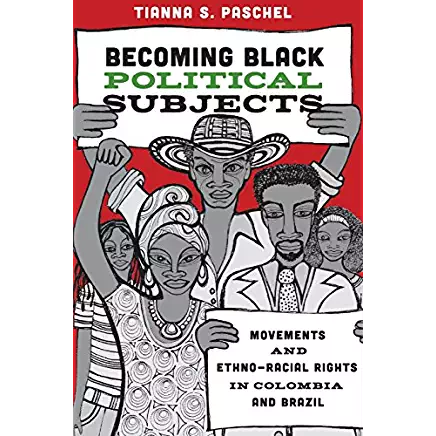 |
Becoming Black Political Subjects: Movements and Ethno-Racial Rights in Colombia and Brazil (2012), by Tianna S. Paschel- “Explores the shift from color blindness to ethno-racial legislation in two of the most important cases in the region: Colombia and Brazil. Drawing on archival and ethnographic research, Tianna Paschel shows how, over a short period, black movements and their claims went from being marginalized to become institutionalized into the law, state bureaucracies, and mainstream politics.” |
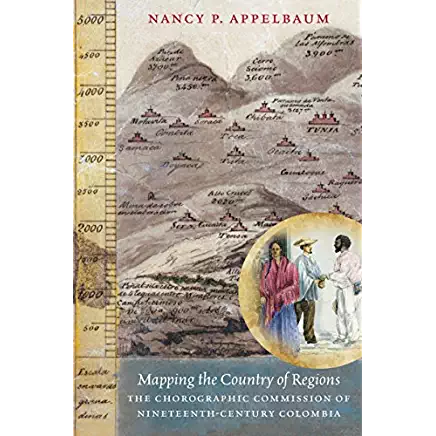 |
Mapping the Country of Regions: The Chorographic Commission of Nineteenth-Century Colombia (2016), by Nancy P. Appelbaum- “The seminal Chorographic Commission of Colombia, which began in 1850 and lasted about a decade, was one of Latin America’s most extensive. The commission’s mandate was to define and map the young republic and its resources with an eye toward modernization. In this history of the commission, Nancy P. Appelbaum focuses on the geographers’ fieldwork practices and visual production as the men traversed the mountains, savannahs, and forests of more than thirty provinces in order to delineate the country’s territorial and racial composition. Their assumptions and methods, Appelbaum argues, contributed to a long-lasting national imaginary.” |
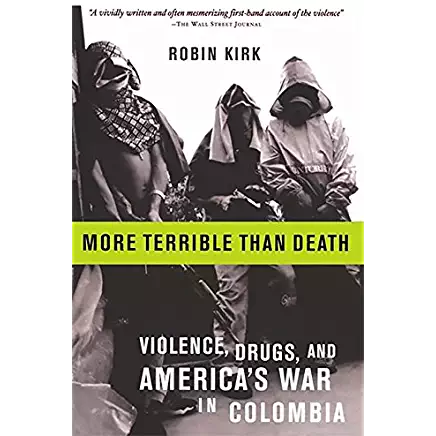 |
More Terrible Than Death: Drugs, Violence, and America’s War in Colombia (2009), by Robin Kirk- “Maps the dramatic new relationship between the United States and Colombia in human terms, using portraits of the Colombians and Americans involved, the author’s experiences in Colombia as a writer and human rights investigator and an insider’s analysis of the political realities that shape the expanding war on drugs and the growing U.S. military presence there. Looking at the war from the ground up, interviewing and profiling human rights activists, guerrillas, and paramilitaries to explain how it has changed their lives, Robin Kirk gives depth and meaning to the headlines that leave unexplained the intimate dimension of the U.S./Colombian relationship.” |
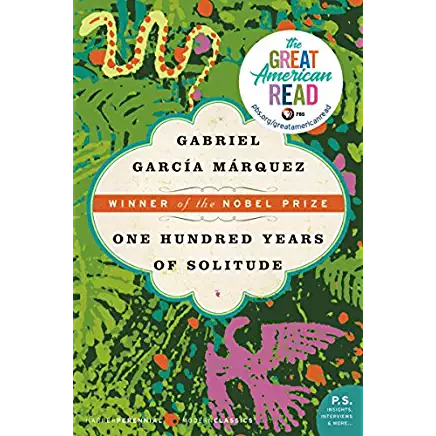 |
One Hundred Years of Solitude (2006), by Gabriel García Márquez- “Tells the story of the rise and fall, birth and death of the mythical town of Macondo through the history of the Buendia family. Inventive, amusing, magnetic, sad, and alive with unforgettable men and women — brimming with truth, compassion, and a lyrical magic that strikes the soul — this novel is a masterpiece in the art of fiction.” |
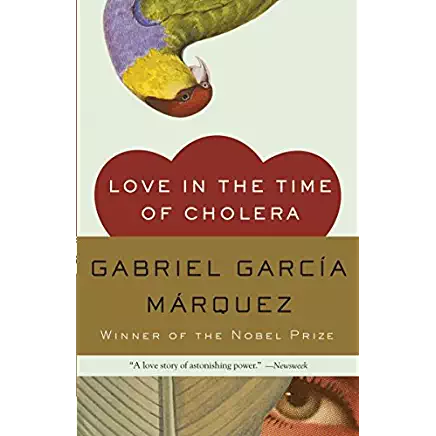 |
Love in the Time of Cholera (1985), by Gabriel García Márquez- “In their youth, Florentino Ariza and Fermina Daza fall passionately in love. When Fermina eventually chooses to marry a wealthy, well-born doctor, Florentino is devastated, but he is a romantic. As he rises in his business career he whiles away the years in 622 affairs–yet he reserves his heart for Fermina. Her husband dies at last, and Florentino purposefully attends the funeral. Fifty years, nine months, and four days after he first declared his love for Fermina, he will do so again.” |
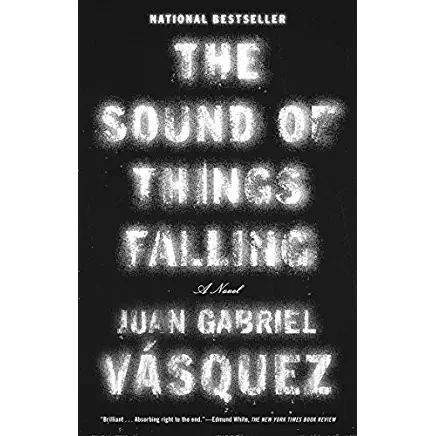 |
The Sound of Things Falling (2011), by Juan Gabriel Vásquez- “ The Sound of Things Falling is the third novel of Colombian author Juan Gabriel Vásquez. Originally published in Spanish in 2011, the book explores the Colombian drug trade. It won the 2011 Alfaguara Prize.” |
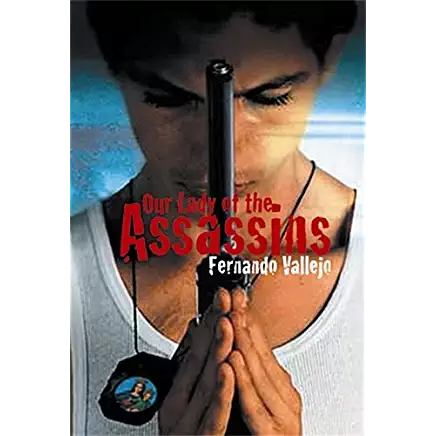 |
Our Lady of the Assassins (1994), by Fernando Vallejo- “ A semi-autobiographical novel by the Colombian writer Fernando Vallejo about an author in his fifties who returns to his hometown of Medellín after 30 years of absence to find himself trapped in an atmosphere of violence and murder caused by drug cartel warfare.” |
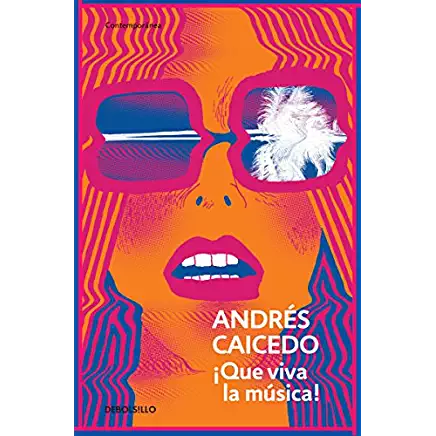 |
¡Que viva la música! (1977), Andrés Caicedo- “Considered by many observers as a masterpiece of modern Colombian literature. The novel has been seen as an invitation to a party without end, where the main character comes to see the world as a bottomless pit of debauchery, which she relishes. There is a secret pact with death itself involving the ever more frantic dance of María del Carmen Huerta, the blonde protagonist of the book. The novel also offers an affectionate view of the Colombian city of Cali as unique, magic, and different.” |
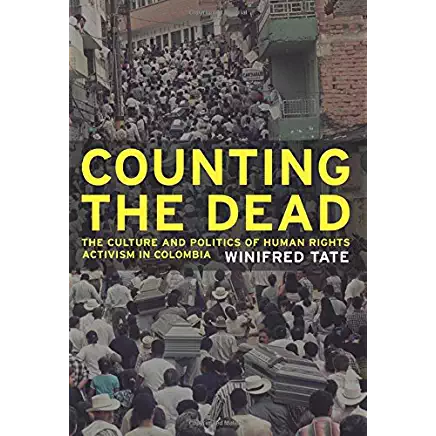 |
Counting the Dead: The Culture and Politics of Human Rights Activism in Colombia (2007), by Winifred Tate- “A fascinating portrait of the pathology, pain, and hope of the struggle for human rights in Colombia. Powerfully weaving together personal narratives with historical analysis, this deeply researched, thoughtful, and moving study offers new understanding of the nature of knowledge and power; it is a model of engaged anthropology” -Alison Brysk, University of California, Irvine |
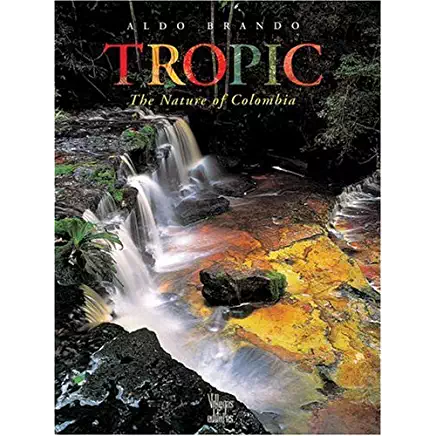 |
Tropic: The Nature of Colombia (1997), by Aldo Brando- “The restless lens of Aldo Brando focuses on this natural setting, furnishing us with a panoply of images that excite both the eye and the imagination. As the eminent Colombian writer Germán Arciniegas points out, this book is ‘a vertical exploration of a country which is the synthesis of the Americas.’ Novel and unique, it is a summary of fifteen years work by a photojournalist whose documentation of wild life goes beyond capturing the physical contours of the seas, islands, jungles, savannahs, mountains and inhabitants of Colombia.”
|
 |
The Profits of Extermination: Big Mining in Colombia (2005), by Francisco Ramirez Cuellar- “Colombia is the third-largest recipient of US military aid. According to this study by Chomsky and the Colombian mineworkers union, both US military aid and human rights violations are disproportionately concentrated in Colombia’s lucrative mining and energy zones, where large foreign corporations use military and paramilitary forces to secure their investments.”
|
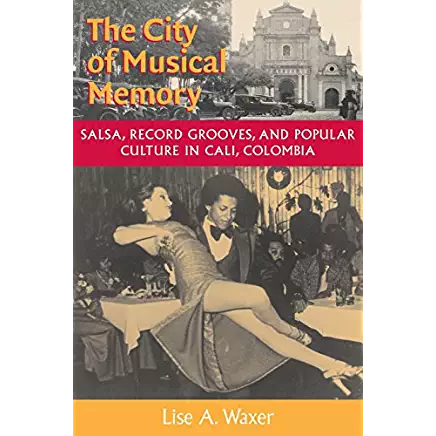 |
The City of Musical Memory: Salsa, Record Grooves and Popular Culture in Cali, Colombia (2002), by Lise A. Waxer- “Despite their geographic distance from the Caribbean and from Hispanic Caribbean migrants in New York City, Caleños (people from Cali) claim unity with Cubans, Puerto Ricans and New York Latinos by virtue of their having adopted salsa as their own. The City of Musical Memory explores this local adoption of salsa and its Afro-Caribbean antecedents in relation to national and regional musical styles, shedding light on salsa’s spread to other Latin American cities.”
|
